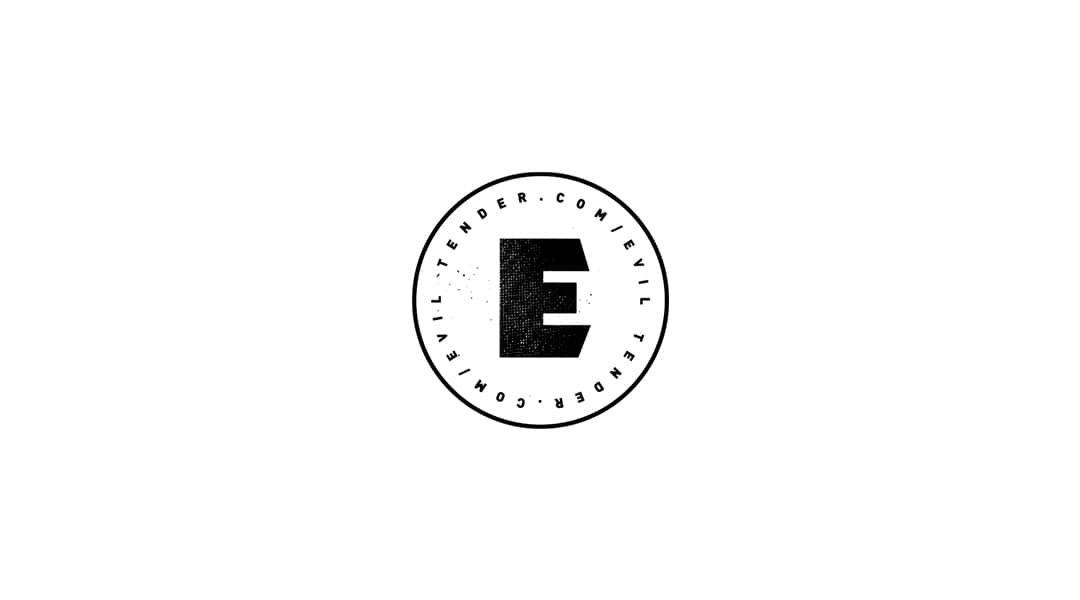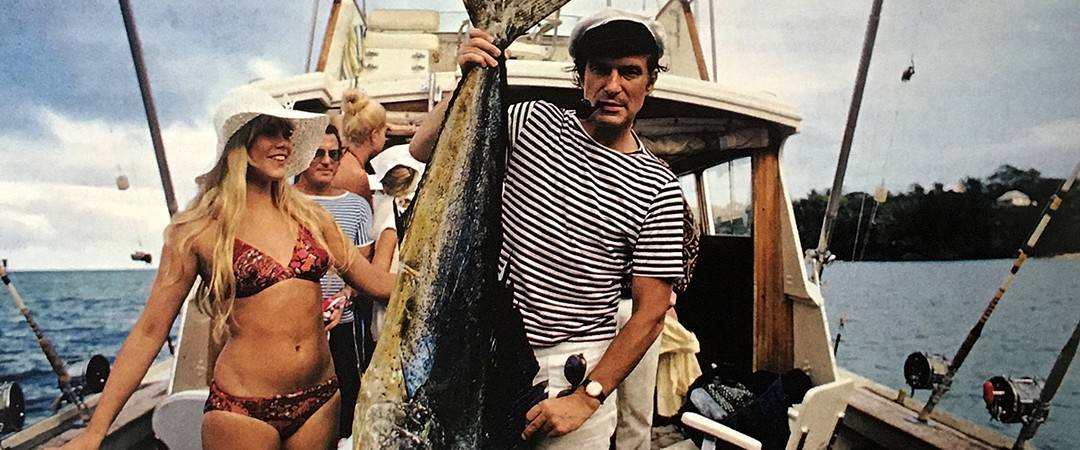
In October of 2015 Playboy magazine announced it would no longer feature nudity. According to Cory Jones, chief content officer of Playboy, the magazine and website would be changing to compete with younger outlets such as Vice. Playboy and Vice do share a common target demographic with the focus on city dwelling young men, yet in a New York Times article Playboy’s chief executive Scott Flanders was quoted as saying, “The difference between us and Vice is that we’re going after the guy with a job.”
The reason given by Playboy for the removal of nudity is the general ease and availability of free adult content online. With a quick second of internet time you can see every form of human nakedness. Perhaps they’re missing the point, or I am, but the joy of Playboy is the tangibility of it. The magazine has a physical form. It has weight. A scent. Textured gloss. As much as the models are airbrushed with all of their unique and human blemishes removed, there is always that attempt at a perfected form of manicured beauty, as if posed for a painting. You don’t throw out an issue of Playboy. They stack up in a private library, an ever growing set of modern encyclopedia. Each issue is a tiny treasure. A nude image online is a flash on a screen. A URL. A .jpg that gets ‘liked’ or reblogged. If the powers that be behind Playboy see disposable online pornography as comparable to their history of spreads and centerfolds, then they should certainly stop doing it.
The revamped Playboy, sans-nudity, debuted with the March 2016 issue. I won’t claim to a lofty intellectual purpose for my collection of Playboy magazines and books. There was always the boyhood thrill of finding an errant issue in my cousin’s bedroom or at a friend’s house and I may have purchased my first issue out of nostalgia, but I subscribed to Playboy for the nudity.
This is not the first shift in Playboy’s format — as recent as the early 2000s the magazine took on a decidedly ‘Maxim’ style format to content. Pages were divided into short columns for humorous and minor asides. Odd facts. If the attention span of the reader had shortened, Playboy would comply by tossing sparse tangents across the magazine. Still, I stayed a subscriber. Stephen King and Chuck Palahniuk debuted stories and poems in those pages. Daryl Hannah posed nude, as did other celebrities. Kate Moss posed for the 60th anniversary issue, shot by the incredible duo of photographers Mert Alas & Marcus Piggott.
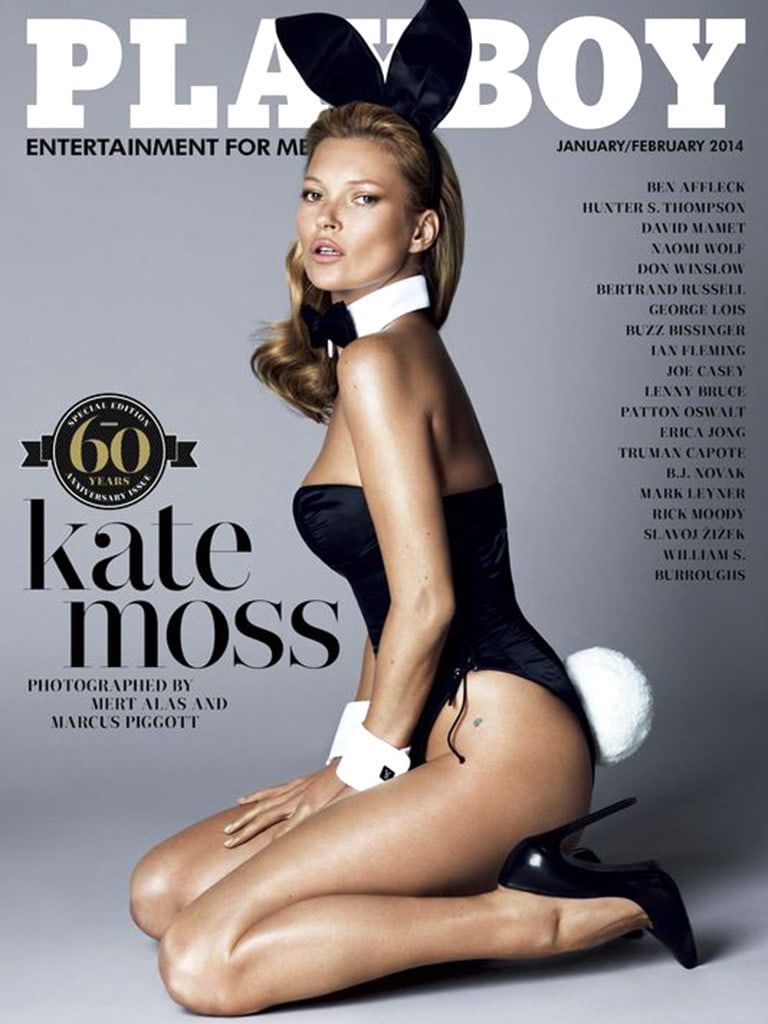
Kate Moss by Mert & Marcus for Playboy’s 60th Anniversary issue
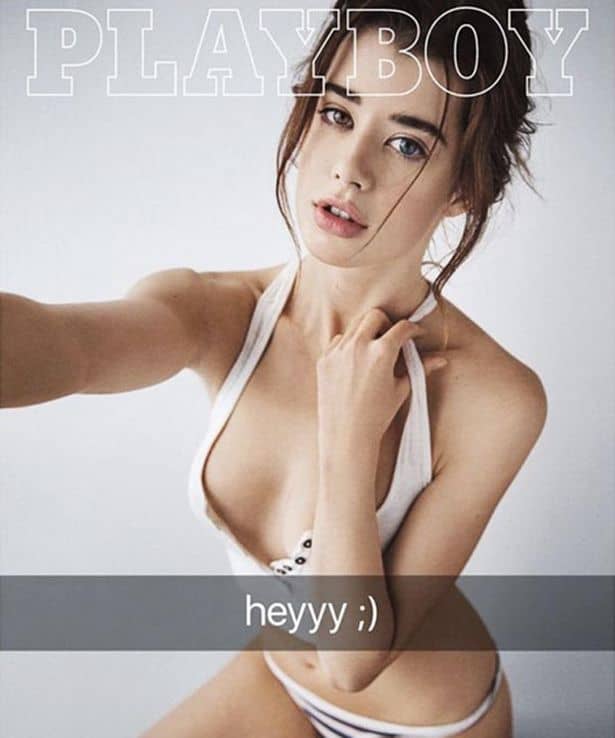
Cover of Playboy’s March 2016 Issue
The cover of the first non-nude issue Playboy released says it all. It’s a defiant finger to its past and an attempt at once again copying the format of Maxim and Vice with the added influence of Instagram, Tumblr, Snapchat, Facebook, and the rest of the social media landscape. Yet with the pictorials gone, the articles are still sharp. The first interview is an insightful chat with MSNBC host Rachel Maddow. It is one of the best Playboy has published in years. Maxim started running interviews as well – the current issue has Blondie bandmates Chris Stein and Debby Harry chatting with YouTube video creators The Gregory Brothers.
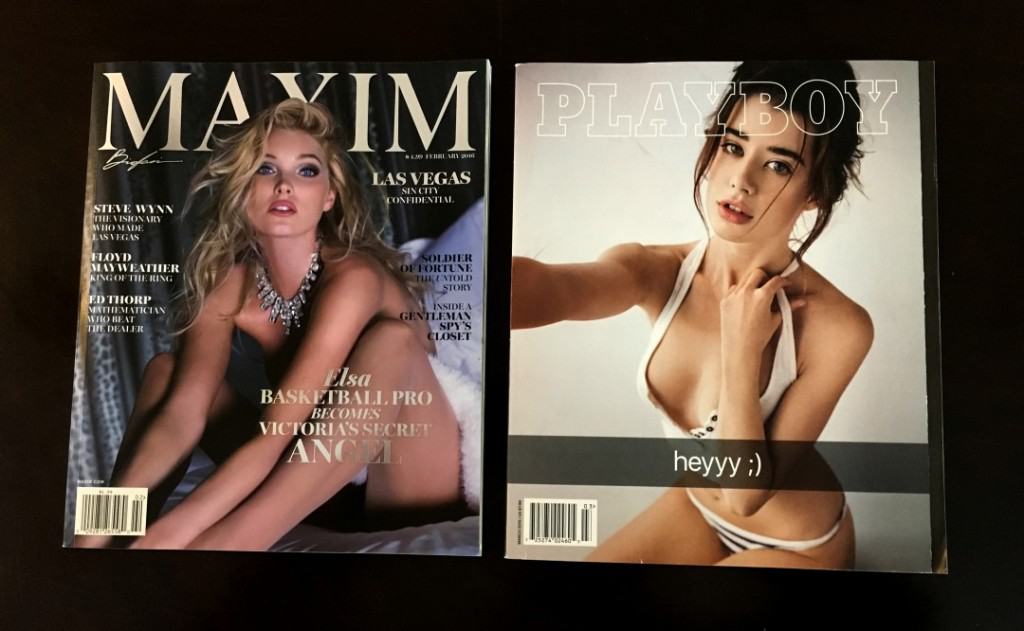
Maxim February 2016 (L) and Playboy March 2016 (R)
For being almost identical in format and design there is one major difference — the price tag. Maxim retails for $4.99 an issue while Playboy has kept their price at $7.99. This is my only problem with the change of Playboy. A company can and should evolve as they see fit, but removing a key element to what created a fan base and charging them as if it were still there is an odd business decision.
This evolution in Playboy’s magazine is great news for future publishers and entrepreneurs as it leaves a void. As each outlet shifts to a digital only format, there are no classic magazines with tasteful nudity. It is an exciting time as publishers race to change and keep up with the impossible movement of the digital age making room for smaller brands to build and take their place. As book stores close and go bankrupt, a book publisher like Folio Society has created a library of hardcover books that appeal to art and book lovers with their line of beautifully illustrated novels. DVDs have lost to streaming video, yet boutique brands release a well curated catalog of films on DVD and VHS. Now with Playboy abandoning printed nudity for an all ages crowd, there is an opportunity for a brand to create a magazine of nude pictorials and articles for an audience who want to take the time to hold the written word and slow down. There are some that enjoy the era and are not ready for it to end. There isn’t a need for a mansion, celebrity filled parties, or even a television channel. Just quality content on well printed paper.
If the editors at Playboy are treating this March 2016 issue as a statement of ‘out with the old and in with the new‘ nothing says it better than the final image of the magazine — a young Hugh Hefner on a fishing boat in Jamaica, hoisting a dead fish.
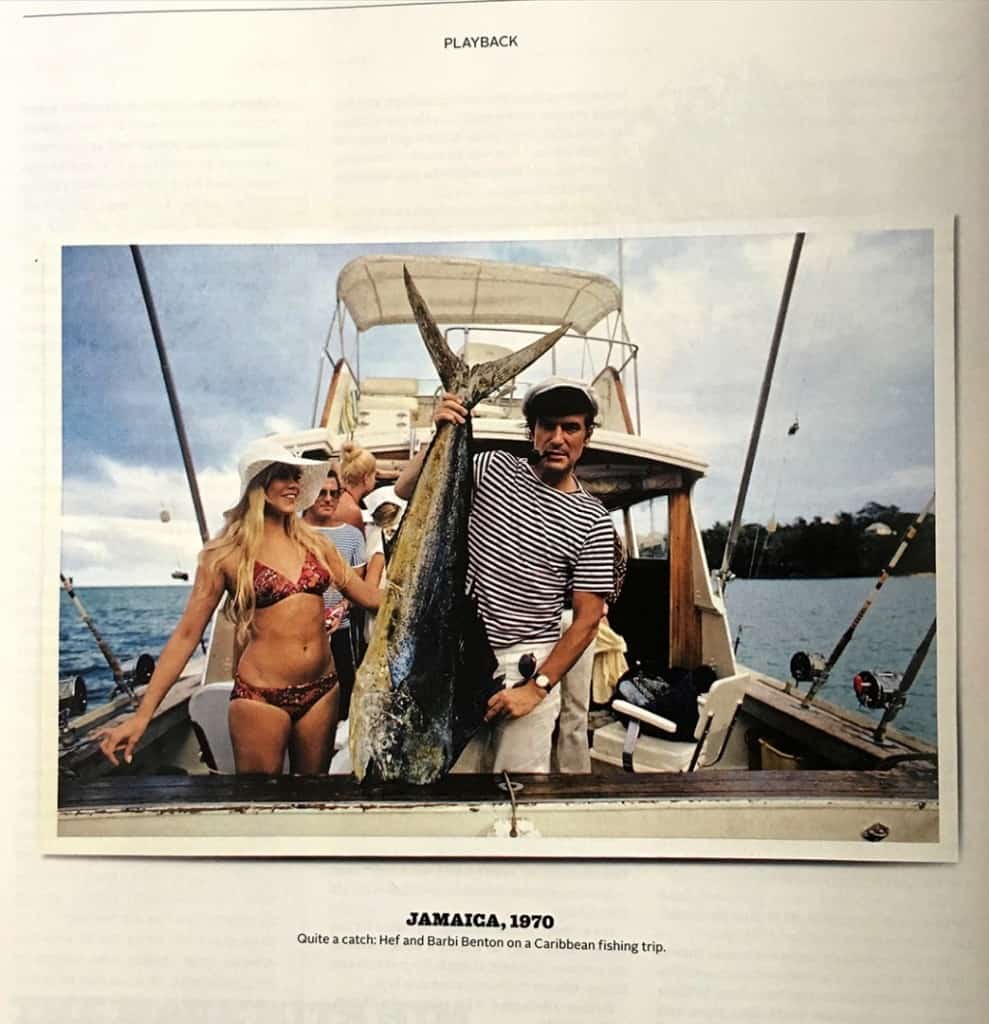
The final page of the first nudity free issue of Playboy, March 2016
